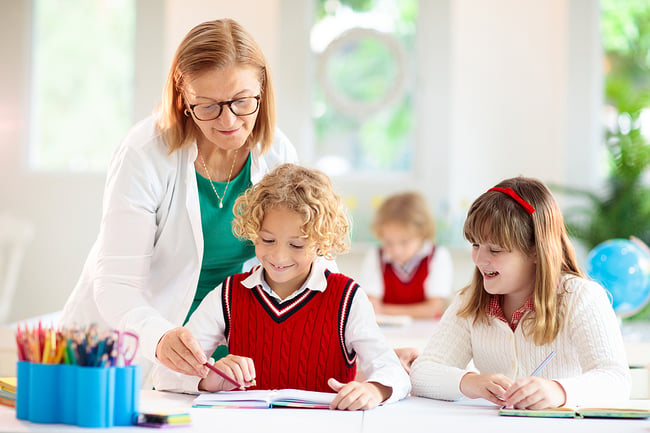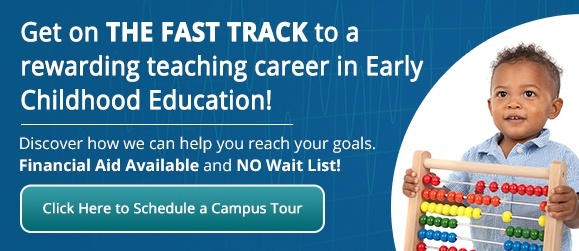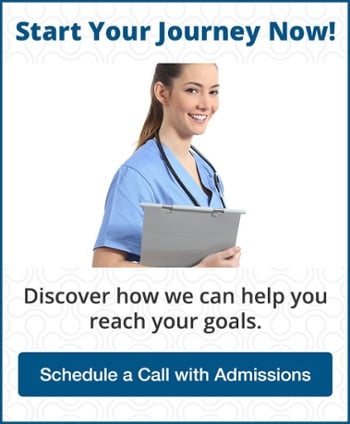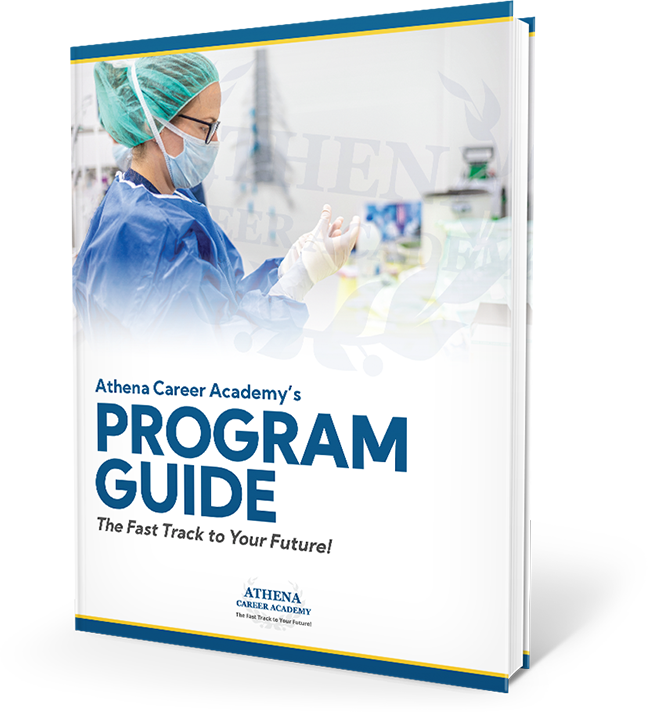Engaging Young Learners: Effective Strategies for Active Learning in Early Childhood Education
Posted On Sep 8, 2023
Early childhood education centers and preschool classrooms are busy, noisy spaces. Instead of children sitting quietly at tables coloring in a worksheet, you may see a sand and water table where children are scooping and pouring the contents, an imaginative play station full of dress up clothes and toys, children sorting shapes and colors with blocks, and children helping water plants, feed animals, or prepare a snack. There is talking, singing, and movement. This is active learning, and these strategies are among the best practices for early childhood educators in a classroom setting.

What is Active Learning?
Active learning is defined by several principles. These include:
- The idea that knowledge involves the active construction of meaning by linking new information and previously learned information.
- The distinction between learning a fact and learning how to do something.
- The understanding that learning can be context-specific or transferrable, and that transferring information is an additional skill.
- The recognition that many young children learn more with others than when they are alone.
- The acknowledgement that the ability to articulate a concept helps meaningful learning.
Active learning can take several forms. Inquiry based learning involves preschool children in planning, investigating, explaining, and finding solutions to problems. Event based learning encourages children to draw on their own experiences to come to conclusions about concepts. The most common form of active learning, however, is play based learning.
Play based learning offers children numerous opportunities to engage imaginatively and actively with their environment, their peers, their teachers, and inanimate objects. Through play, children can develop skills and draw conclusions about various concepts. There are many active learning activities, but group work, problem solving, discussions, and play are all ways to incorporate active learning in the classroom.
How is Active Learning Different?
Active learning means that the child doesn’t just hear information, but participates actively in the learning process. The opposite of active learning is passive learning. In passive learning, the teacher talks and the students listen. In passive learning, students are expected to absorb information and then apply that learning. In higher education, passive learning can be effective. In high school and beyond, there is a great benefit to listening to an expert and getting the transfer of information from listening to a lecture or reading a book. However, young children do not respond in the same way. Young children learn best through experimenting and interacting with the world around them. 
What Does Play-Based Learning Look Like?
Play-based learning is present in nearly every preschool. It can look like drawing and painting, emptying and filling containers, climbing and running, singing and dancing, playing with dolls or other toys, reading books, putting puzzles together, sorting objects, and more. Nearly every play experience is also an active learning experience in early childhood education.
Why is Active Learning So Effective in Preschool?
In active learning, the learner is linking new information with what they already know. Rather than just thinking about how things might be, active learning allows students to experience the concept first hand.
There are many research studies that have shown that, for young children in particular, active participation in the learning process encourages the brain to activate the networks that help process and store information. Children who have active learning opportunities often demonstrate higher self-esteem, improved gross and fine motor skills, better memory and recall ability, strong problem solving capabilities, more effective communication, healthier social behaviors, and better engagement and concentration both in and out of the classroom.
How to Incorporate Active Learning into the Preschool Classroom
When you become a preschool teacher, you will likely be expected to incorporate many active learning strategies into the classroom and lesson plans. There are many different ways that are very effective and will feel natural in an early childhood education setting.
Group work, where children are working collaboratively to complete a task or reach a goal is an excellent way to foster active learning. Students can share their ideas and learn from each other. Communication skills can be developed as well as the actual concept being explored and developed.
Movement and music are also excellent strategies for active learning in early childhood education settings. Adding simple movements can help students stay engaged and focused, even if the movement is seemingly unrelated to the concept. As children are developing their gross and fine motor skills, they are activating their brains and are open to new ideas. Connecting concepts to songs, rhymes, or movement will help new skills and facts take hold.
Hands-on activities are central to active learning. Young children are eager scientists when they are allowed to experiment with new concepts. Watching caterpillars turn to butterflies, eggs hatch into chicks, and grow plants from seed can provide active learning opportunities with science concepts.
How to Become a Preschool Teacher
Many schools that are training early childhood educators are very familiar with the concept of active learning and the importance of hands-on learning in the preschool classroom. When you are researching how to become a preschool teacher, look for a program with a strong focus on using active learning strategies to help facilitate development. Often, a good early childhood education program will incorporate active learning strategies for their own students, teaching you how to become a preschool teacher by actively demonstrating the best strategies for your classroom. Many early childhood educators have noted that the hands-on work from their early education study was far more effective than the readings or lectures they experienced. 
Teaching in a preschool classroom while using active learning strategies is an incredibly fulfilling career. You will see many new concepts click in an authentic and natural way and can feel accomplished at creating the best possible environment for young children to learn, grow, and thrive. To start your rewarding career as an early childhood educator, contact Athena Career Academy for details on how to enroll!
Recent Posts
- How Accessibility to Faculty Enhances ECE Degree Program
- Early Childhood Education Courses Lead to Great Teaching Careers
- Insights for Effective Preschool Teaching
- Online vs. In-Person Medical Assistant Training: Which Is Right for You?
- Preschool Teachers Provide Hands-On Learning for Future Innovators
Categories
- Flexible Class Schedule
- Early Childhood Education
- Clinical Medical Assistant
- Medical Assistant
- Accredited
- Medical Assistant Program Toledo, OH.
- MA Program
- ECE
- preschool teacher
- CMA
- Administrative Medical Assistant
- Practical Nursing
- Nursing School
- Nursing
- Early Childhood Education Degree
- LPN to RN
- Certified Medical Assistant
- Early Childhood Educator
- Become a Teacher
- Nursing Career
- RN
- Childcare Teacher
- Nursing School Toledo
- Practical Nurses
- Childcare Director
- Nursing Education
- Registered Nurse
- LPN
- Toledo Ohio Nursing School
- Teaching Degree
- Become a Nurse in 12 Months
- Nursing Career Opportunities
- Nursing School Preparation
- Practical Nursing Jobs
- Medical Coding and Billing
- DayCare Teacher
- Nursing Salaries
- Nursing School Costs
- PN to RN
- Career Training
- Nursing School Tuition
- Nursing School Financial Aid
- Phlebotomist Technician
- Practical Nurse Salaries
- EKG Technician
- nurse burnout
- #nursesunite
- Insider
- Phlebotomy Technician Salary
- Uncategorized
- resume
Contact us
For News, Resources, and Conversations:
Get your FREE 2022 Athena Career Academy Program Guide
The best way to get to know Athena Career Academy is to see what we offer. Download our program guide to learn more. Take the fast track to your future today!
An exciting career can be yours in just one year!
Discover how Athena Career Academy can help you reach your medical career goals fast.
Accrediting Agencies
Athena Career Academy is accredited by the Commission of the Council on Occupational Education. The school is registered with the Ohio Board of Career Colleges and Schools; State of Ohio – School Registration Number – 10-09-1943T and operates under the authority of the Ohio Board of Nursing. Please contact the Student Operations Manager for more information.

